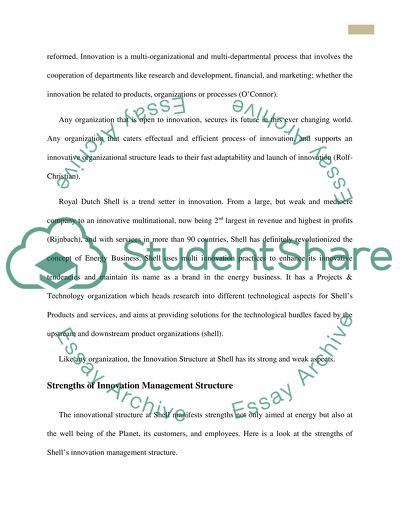Cite this document
(“Royal Dutch Shell Assignment Example | Topics and Well Written Essays - 4500 words”, n.d.)
Royal Dutch Shell Assignment Example | Topics and Well Written Essays - 4500 words. Retrieved from https://studentshare.org/finance-accounting/1403367-module-project
Royal Dutch Shell Assignment Example | Topics and Well Written Essays - 4500 words. Retrieved from https://studentshare.org/finance-accounting/1403367-module-project
(Royal Dutch Shell Assignment Example | Topics and Well Written Essays - 4500 Words)
Royal Dutch Shell Assignment Example | Topics and Well Written Essays - 4500 Words. https://studentshare.org/finance-accounting/1403367-module-project.
Royal Dutch Shell Assignment Example | Topics and Well Written Essays - 4500 Words. https://studentshare.org/finance-accounting/1403367-module-project.
“Royal Dutch Shell Assignment Example | Topics and Well Written Essays - 4500 Words”, n.d. https://studentshare.org/finance-accounting/1403367-module-project.


